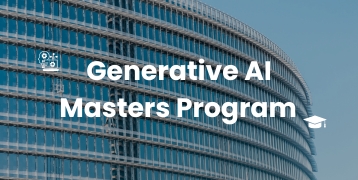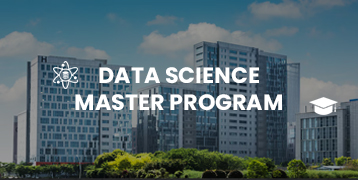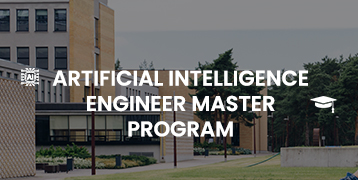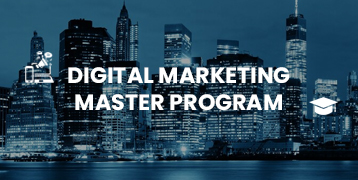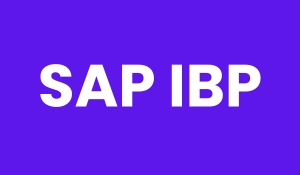
Table of Contents:
1. Introduction to Reshaping Modern Hiring
2. Shift from Traditional Qualifications
- Focus on Skills
- Skills-Based Assessments
- Expanding the Talent Pool
3. Benefits of Skills-Based Hiring
- Improved Hiring Decisions
- Reduced Hiring Costs
- Enhanced Workforce Diversity
- Increased Employee Retention
- Better Alignment with Business Needs
4. Examples of Skills-Based Hiring Practices
- Skill Assessments
- Case Studies
- Skills-Based Job Descriptions
5. The Role of Technology
- AI-Powered Tools
- Automated Communication
6. Challenges and Considerations
- Bias in AI
- Defining and Measuring Skills
- Maintaining a Skills-Based Culture
7. Conclusion
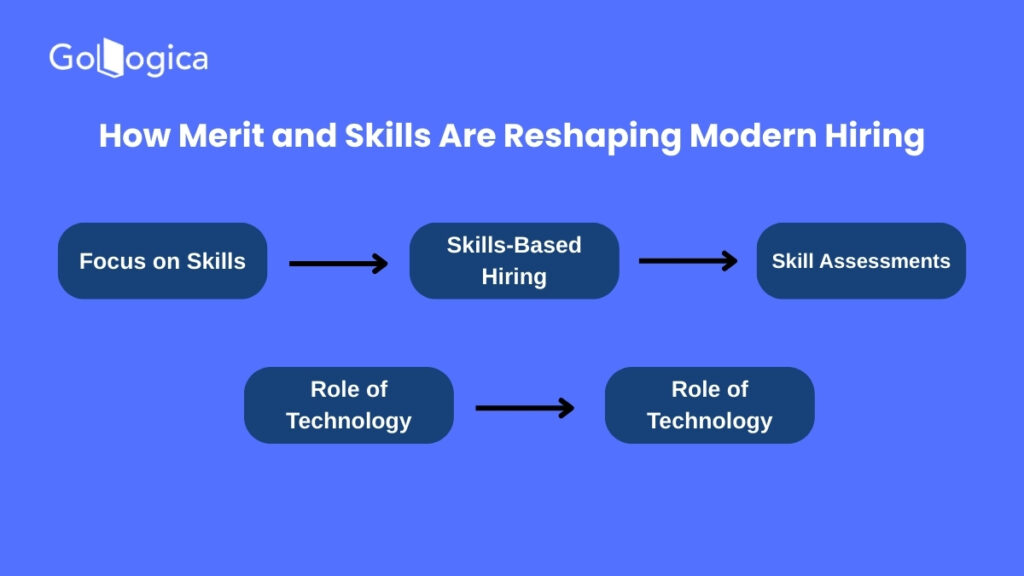
Introduction to Reshaping Modern Hiring
Reshaping modern hiring is a term used to describe realigning the old way of doing things and conducting recruitment without breaching the essential objectives of selecting talent. It entails embracing new technologies and approaches that change the way candidate data is gathered, processed, and used. Similarly. Reworking data in modern computerized programming, recruitment utilizes technology that enables recruiters to structure and scrutinize candidate data in more flexible as well as efficient ways. Such a shift is essential to address the changing needs of the market as well as enhance the quality of the recruitment decision. Lastly, rebuilding recruitment processes enables organizations to manage advanced talent needs efficiently as well as support overall recruitment performance.
Contemporary hiring is a challenge of redefining the conventional hiring strategies in a way that is appropriate for today’s evolving workforce requirements. It is about applying sophisticated technologies and evidence-based techniques to optimize how candidates are identified, screened, and selected. By better structuring candidate data, e.g., restructuring data employers can make quicker, wiser hiring decisions. The strategy enables businesses to respond to shifting marketplace needs and maximizes the quality of talent sourcing as a whole. Essentially, the contemporary reorganization of recruiting is making the process of hiring more responsive, efficient, and business-focused.
Shift from Traditional Qualifications
These days, a variety of organizations are evolving to avoid focusing on conventional credentials like degrees and certificates. Now, they put a high value on real skills, practical experience, and the ability to learn quickly. This is because jobs are evolving quickly and require people who can adapt and make decisions in the moment. Recruiters are more interested in what the applicants can do and how they can adapt to the company culture than in the level of formal schooling. This change assists in gathering diverse talent and promoting ongoing learning to thrive in the long term.
Focus on Skills
Today, employers are less concerned with skills than with a minimum degree or certification. Skills refer to an individual’s capability to accomplish work, resolve issues, and convey. It encompasses technical skills, such as the ability to use software or machinery, and soft skills, such as teamwork and flexibility. Skills focus enables businesses to hire individuals best suited to deal with actual work challenges. It also provides an opportunity for differently educated individuals with extensive similar experience to be considered. This provides continuous learning and development. of competent, diverse teams able to adapt to the business requirements.
Skills-Based Assessments
Skills-based tests are exams to determine a candidate’s real skills and knowledge for a particular job. Unlike degrees or resumes, these tests show how well someone can accomplish work-related tasks required by the job. This shows the practicality of skills-based tests compared to the theoretical content of degrees or resumes. These can be practical exercises, problem-solving exercises, or work simulations. Skills-based testing enables employers to make more equal hiring choices because they are concerned with what the candidate can do rather than what they know. This practice enhances the chances of getting the best people and making the employees a better match for the job.
Expanding the Talent Pool
A pool of talent involves searching for employment candidates from a larger population of individuals. Rather than concentrating on just traditional qualifications or geography, firms in the present time take into consideration varied backgrounds, capabilities, and experiences. In this manner, more qualified individuals who may not have reached the forefront previously are discovered. When the pool is enlarged, organizations are exposed to other ideas and new ideas, and this increases their creativity and problem-solving capabilities. It also increases the pool of talent, making the company stronger and capable of transforming more. In general, it assists companies in growing by having the best talent working for them.
Benefits of Skills-Based Hiring
Skills-based employment has huge advantages for both candidates and employers. By emphasizing what they can do instead of where they have worked or studied, organizations open themselves up to a greater, more diverse pool of talent. It reveals hidden potential in people without formal qualifications but with on-the-job abilities for the job. It removes unconscious bias, and the process of selection is both fairer and more inclusive. For businesses, skills-based hiring results in greater job fit, improved productivity, and fewer employee turnovers because individuals are placed in a situation where they can perform most effectively. It also facilitates continuous learning and versatility, with employees encouraged to develop new skills. Overall, skills-based hiring fosters stronger, more productive teams and fuels business success over the long term.
Improved Hiring Decisions
Wiser hiring choices enable organizations to employ the right individuals for the right job, resulting in improved performance and success. To produce improved hiring choices, there ought to be concise and clear job descriptions to detail what the job is. Properly structured questions during interviews will capture the candidate’s ability, experience, and attitude. Tests or assessments can also be used to match the skills of a candidate to the job. Reference checking needs to be employed to verify the previous history of work and behavior. Secondly, involving members of the team in the interview process guarantees that they will integrate well within the team. By enhancing the recruitment process for companies, they can lower employee turnover, save money and time, and establish a better-quality, more productive team.
Reduced Hiring Costs
Hiring new employees is not gratis because companies have to spend on advertising job vacancies and recruiting candidates, conducting background checks, and employee training. If a business reduces the cost of hiring, it is spending less on the process. It achieves this by getting the right people quicker, retaining workers longer so that they do not need to hire so often, or employing intelligent methods to get quality individuals on board quicker. Lower cost of hiring enables firms to conserve and channel their resources more efficiently. Overall, lowering the cost of hiring simplifies it and makes it less expensive for the firm.
Enhanced Workforce Diversity
Enhanced workforce diversity, by definition, is having workers from so many different backgrounds employed by a business enterprise. It is to differ in culture, age, gender, competencies, and experience. If the work environment is diverse, it presents new ideas and varied thoughts, which allows the firm to be able to solve problems better and be more innovative. It also simplifies it to provide a more diverse and equitable workplace for all. With a workforce that is diverse workforce, companies can reach their customers and be successful today. More diversity in the workforce is required because it makes organizations stronger and more successful.
Increased Employee Retention
Better employee retention is the ability of an organization to retain its employees for a longer time instead of having frequent turnovers. When workers stay with an employer for extended durations, it means that they have been content with their work, working environment, and the type of care that the employer has rendered to them. Long-term retention is beneficial because it saves resources and time invested in rehiring and training new employees. Long-term workers come with experience, knowledge, and stability in the labour force, and this leads to better performance as a whole. Also, by appreciating, motivating, and giving employees chances for advancement and development, they become more company loyal. Having a good workplace culture of good communications, fairness, and recognition helps to sustain worker retention. More long-term retention creates a better, stronger workforce, increased teamwork, and more business success.
Better Alignment with Business Needs
An aligned business is an organization where all the people in the organization know what is most important and get the same things done. This motivates employees to work on the activities that directly contribute to business success, reducing the confusion factor and improving efficiency. For example, if increasing company growth through increased sales is the objective, all departments like product development, customer service, and marketing will organize their activities towards this objective. Simple alignment also allows the company to quickly respond to changes in demand within the market or in consumer preferences as a way of staying competitive. Alignment of business requirements with employee behaviour results in better decision-making, better performance, and more growth. That is, greater alignment guarantees that all business components work together harmoniously to achieve common goals.
Examples of Skills-Based Hiring Practices
Skills recruitment is all about evaluating people based on what they can do rather than what they can work on or learn. Businesses are using a range of hands-on approaches to ensure that they are hiring the best employees.
Skills testing is likely the most requested method in which job applicants are presented with tasks that have a direct correlation with the job. Coding problems are presented to developers, design problems are presented to designers, and customer support interviewees are presented with role-playing customer scenarios to handle.
One of them is job simulation, in which the applicants are asked to perform what they actually would be expected to do in real life. An example is that an applicant for a marketing job is asked to develop a social media strategy.
Finally, formal interviews with competency-based interview questions help employers understand how a candidate has applied their skills in prior work experiences.
Skill Assessments
Skill tests are tests or exams used to find one’s skills and proficiency in a specific area.
They help the employer understand the skill of potential workers or candidates, e.g., communication, technical ability, problem-solving, or working as a team.
Skill tests are carried out through quizzes, practical tests, interviews, or computer tests. The tests are crucial since they guarantee that the appropriate individuals are recruited to conduct the appropriate tasks, in addition to assisting in areas where they can train or be enhanced. For workers, skills assessment offers a chance to prove themselves since it enables them to gain information about their personal needs for development. In the given workplaces, continuous testing of skills enhances the performance and productivity as a whole by the appropriate deployment of work towards the correct individuals. They also allow employees to achieve career growth as they identify the skills that can be improved by workers. In short, skill tests are excellent resources for employers and employees alike in their efforts to achieve better results and achievements.
Case Studies
Case studies offer sensational facts on positive skill-based hiring usage by organisations. For example, Google, the technological giant, transitioned from the prevalent use of degrees to employ actual coding expertise and problem-solving abilities. This allowed them to tap into competent people who would otherwise have gone unnoticed by traditional channels.
A case in point is IBM, a company that emphasizes continuous learning and individual growth. They use internal gradings to identify their employees’ capabilities and give them matching projects, boosting productivity and enthusiasm.
These factors are real instances of how placing skills above qualifications has a positive influence on recruitment choices and an effective workforce. Other organizations learn and improve in today’s job market from these instances.
Skills-Based Job Descriptions
Skill-based job notices are revolutionizing the hiring practices of companies by emphasizing what a person can accomplish, rather than what one can accomplish or what one has accomplished and what degree they hold.
These notices indicate the true skills and abilities needed to succeed in the role, so candidates will know exactly what they are looking for.
This is most effective at broadening the pool of talent since it encourages candidates from any experience level and background to apply. It also makes it easier for employers to more effectively match skills to job requirements, thereby creating a more productive and rewarding job. Prioritizing skills, organizations create a more inclusive hiring process centered on real experience and potential rather than merely credentials. This shift is allowing organizations to create more robust, more resilient teams.
The Role of Technology
Technology has a significant role in everyday life and companies. Technology gets more people employed quicker, communicates better, and resolves problems more effectively. In companies, technology increases productivity by automating, handling information, and uniting people irrespective of the locations they work from. For example, computers and software allow workers to share ideas in real time and track projects. Technology also allows businesses to have access to more customers through websites, social media, and online shops. Technology also makes education and healthcare services more accessible and efficient in the fields of medicine and education. Moreover, newer technologies and innovations constantly revolutionize how we live and work, making life easier and saving time on numerous things. Technology as a whole is an excellent asset that brings growth into nearly all components of life, e.g., innovation and success.
AI-Powered Tools
AI-powered tools are computer programs and software applications that utilize artificial intelligence technology to make businesses and people smarter and faster. The tools can analyze huge numbers of data items, learn from them, and determine or recommend things with or without ongoing human intervention. For example, AI software is helpful to do tasks like the separation of mail, generating content, improving customer service through chatbots, or predicting what will occur next given what occurred previously. Being capable of doing repetitive or drudging work at a better rate, AI software reduces time and the margin of error. Artificial intelligence software enables the correct decisions to become a reality through advice and recommendations based on data analysis for businesses.
Automated Communication
Automated communication is where technology sends out a message to something automatically, without having a person do it manually each time. Such would be things like emails, texts, calls, or reminders sent automatically for some activity or for some time. As an example, when you order something over the internet, you get an automatic shipping notification or confirmation email. Organizations use automated communication to conserve time, reduce errors, and stay in touch with employees or customers more efficiently. Automated communication prevents loss of precious information and transmits it speedily and precisely with no time lag.
Challenges and Considerations
While corporations are trying to foster diversity and inclusion, they will most frequently be faced with a mix of challenges and important considerations. One of the problems with that is fighting unconscious bias, or prejudices or built-in preconceptions that guide the way people make decisions without the people knowing. These preconceptions may get in the way of recruiting or promoting other talent on an unbiased basis. Communication must also be dealt with, whether the team members speak different languages or cultures, is vital. It is not simple to work in an environment where one can freely share ideas with anyone. The employees also do not like changing because they are accustomed to working conventionally.
Bias in AI
Bias in AI is the method through which artificial intelligence systems deliver incorrect or biased solutions because they are trained on biased or unreliable data.
If biased data with racial, gender, age, or other kinds of biases is utilised for training AI, then the AI will discriminate against individuals unjustifiably or make poor predictions. This can result in problems like employment discrimination, lending discrimination, or law enforcement discrimination. To minimise bias, credible and diverse data must be utilised, and AI systems must periodically be tested. Proper design and detection of bias for correction will make AI fairer and more equitable for everyone.
Defining and Measuring Skills
Defining skills involves making something very precise statement of the ability and intelligence to perform a certain task effectively.
The skills are technical skills, like operating software, or soft skills, like communication or teamwork. Measurement of skills is figuring out how much an individual can do such jobs. This may be through testing, interviewing, observation, or performance assessment. Through effective measurement and definition of ability, firms can put people in better positions in the job that they suit best, identify training needs, and optimise overall productivity. It also makes employees aware of their strengths and weaknesses, which will allow them to grow in their careers as well.
Maintaining a Skills-Based Culture
To have a skills-based culture is to have the employees’ ability and talent intact and not just be functioning on their job title or degree. Here, people are typed depending on what they can do and how they will be able to contribute to the business. Companies provide constant learning, training, and upskilling so that employees can grow. It solves the right people in the right job, improves performance, and career development. A culture of skills also promotes equity as it provides equal opportunity based on capability. It creates a more flexible, motivated, and competent workforce that can be trained to handle change very rapidly.
Conclusion
GoLogica aims to build your career by offering Merit and ability is transforming modern recruitment by focusing on real ability, instead of qualifications.
This innovation allows firms to hire people based on what the applicants are capable of doing, and this leads to more responsive, diverse, and effective teams. By appealing to merit and competence, companies not only become more effective, but they also forge a more diverse and inclusive culture where every single person, regardless of their lifestyle, has an equal opportunity for success. With the way work changes on a daily basis, the ability to adapt to it will be most critical to companies to stay ahead and innovative in the future.
Start today and start building your future with GoLogica.


